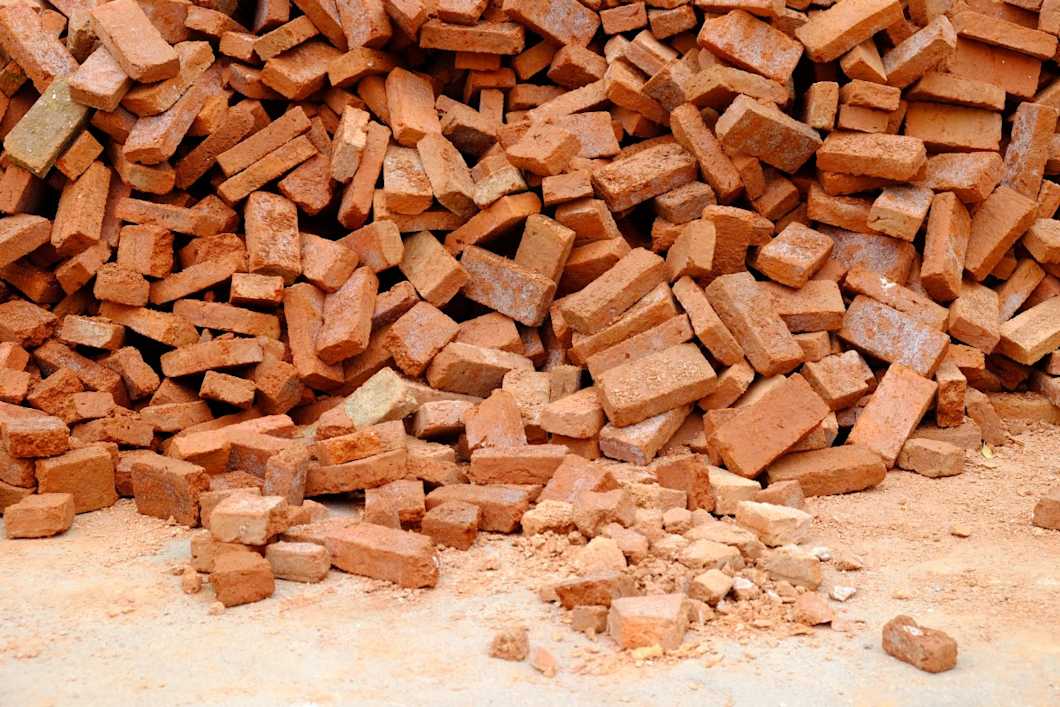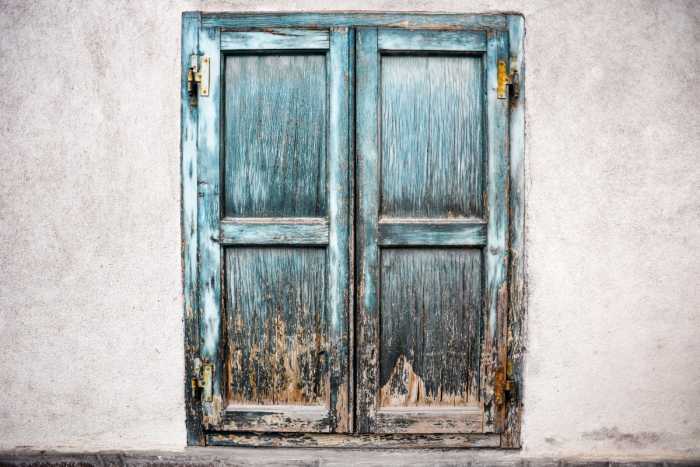Construction material testing services

Fire classification of construction materials
European standard EN 13501-1 is used as the basis for construction material fire classification. This “parent standard“ specifies other EN and EN ISO standards for the testing of specific types of construction elements, such as flooring, pipes, and panels. The applicable standard also depends on the desired fire class, with more stringent testing requirements for higher performance classes.
Some of the construction material fire tests outlined in EN 13501-1 include the following:
EN 13823 test for classifying non-floorings into classes A2, B, C, and D with the single burning item (SBI) method
EN ISO 9239-1 test for classifying floorings into classes A2fl, Bfl, Cfl, and Dfl
EN ISO 11925-2 ignitability test for classifying various types of construction materials into classes B, Bfl, BL, C, Cfl, CL, D, Dfl, DL, E, and Ef
EN ISO 1182 non-combustibility test for classifying various types of construction materials into classes A1, A2, A1fl, A2fl, A1L, and A2L
EN ISO 1716 test for classifying several material types into classes A1, A2, A1fl, A2fl, A1L, and A2L
If construction elements are used on buses, their burning and melting behavior is assessed using the UN/ECE R118 regulation as a safety reference. For building elements used on ships, the appropriate safety reference is the IMO 2010 FTP Code, and for railway components, the EN 45545-2 standard.
Horizontal flame propagation according to UN/ECE Regulation No. 118, Annex 6
Melting behavior of fusible materials according to UN/ECE Regulation No. 118, Annex 7
Vertical flame spread according to UN/ECE Regulation No. 118, Annex 8
IMO 2010 FTPC Part 1 – Non-combustibility test
IMO 2010 FTP Code Part 2 – Smoke and toxicity test
IMO 2010 FTPC Part 5 – Test for surface flammability
Prices excluding VAT.

Weathering testing
The durability of construction materials can be assessed through accelerated aging and weathering testing. In these tests, the material is exposed to fluorescent light or artificial daylight to evaluate how well it retains its characteristics under conditions that mimic exposure to the elements. Measurlabs offers weathering testing for coated panels by the ASTM G154 and ASTM G155 standards.
Hazardous substance screening
Construction materials can be screened for several types of hazardous substances that may be released into the environment during construction or into indoor air once the building is finished. These include polycyclic aromatic hydrocarbons (PAH), volatile organic compounds (VOC), and heavy metals.
The following are just a few examples of Measurlabs' most popular analysis services for hazardous substance screening of construction materials:
Get a quote
Fill in the form, and we'll reply in one business day.
Have questions or need help? Email us at info@measurlabs.com or call our sales team.